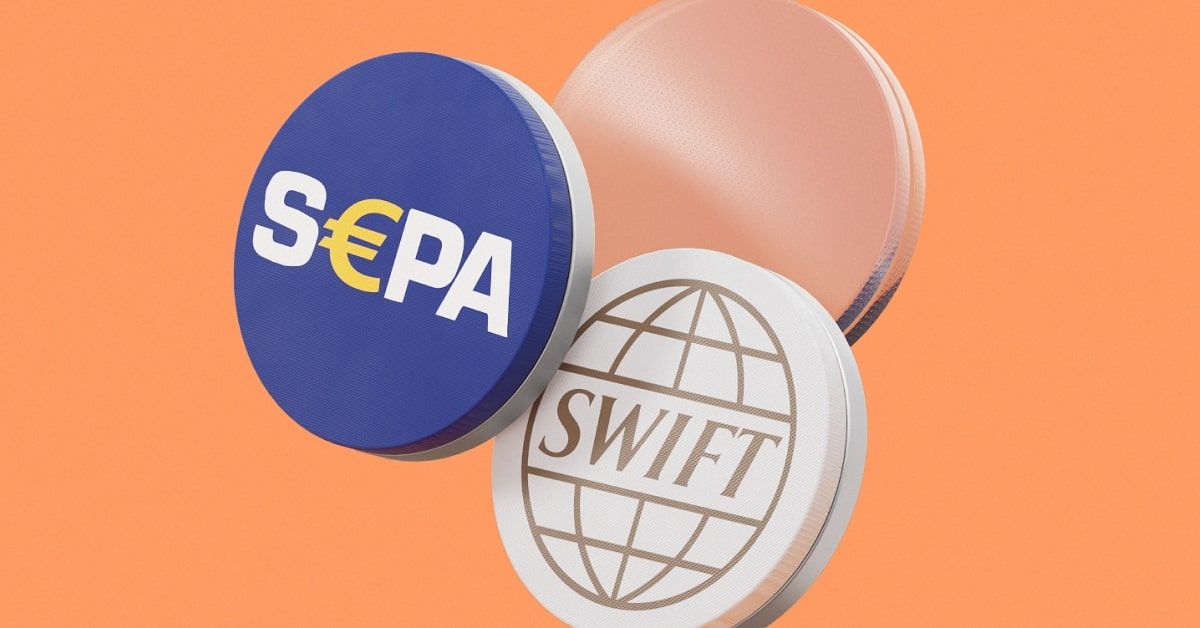
SEPA vs. SWIFT: Comparing European and Global Payment Systems
When it comes to transferring money across borders, businesses and individuals often rely on two primary payment systems: SEPA (Single Euro Payments Area) and SWIFT (Society for Worldwide Interbank Financial Telecommunication). While both systems facilitate international payments, they serve different purposes and operate under different frameworks. Understanding the key differences between SEPA and SWIFT is crucial for making informed decisions about which system to use for cross-border transactions.
SEPA: A European-Centric Payment System
SEPA is specifically designed for euro-denominated payments within Europe. It was created by the European Union to simplify and standardize cross-border payments among its member states and a few non-EU countries. SEPA includes 36 countries, and its primary goal is to make cross-border euro transfers as easy and efficient as domestic payments within a single country.
Key Features of SEPA:
- Geographical Scope: SEPA is limited to European countries, including all EU member states and several non-EU countries like Norway, Switzerland, and Iceland.
- Currency: SEPA only supports euro-denominated transactions.
- Cost-Effectiveness: SEPA transfers are usually low-cost or even free, especially for transactions within the eurozone, as there is no need for currency conversion.
- Speed: SEPA credit transfers are typically processed within one business day, and SEPA Instant Credit Transfers can be completed in seconds.
- Usage: SEPA is ideal for businesses and individuals who need to make regular payments within Europe, such as paying suppliers, employees, or receiving customer payments.
SWIFT: A Global Payment Network
SWIFT, on the other hand, is a global network that enables banks and financial institutions to send and receive information about financial transactions in a standardized, secure, and reliable manner. Unlike SEPA, which is limited to Europe and the euro, SWIFT operates worldwide and supports multiple currencies.
Key Features of SWIFT:
- Geographical Scope: SWIFT is a global network used by over 11,000 financial institutions in more than 200 countries.
- Currency: SWIFT supports transactions in multiple currencies, making it suitable for international payments beyond Europe.
- Cost: SWIFT transactions are typically more expensive than SEPA transfers due to fees associated with currency conversion, intermediary banks, and processing times.
- Speed: SWIFT transfers can take anywhere from one to five business days, depending on the countries and banks involved, as well as the currencies being transferred.
- Usage: SWIFT is ideal for businesses and individuals who need to make payments to or receive payments from countries outside of Europe or in currencies other than the euro.
Comparing SEPA and SWIFT
When deciding between SEPA and SWIFT, the choice largely depends on the specific needs of the transaction.
- Geographical Scope and Currency: If you are dealing with euro payments within Europe, SEPA is the clear choice due to its simplicity, low cost, and quick processing times. However, if you need to send money outside of Europe or in a currency other than the euro, SWIFT is the necessary option.
- Cost: SEPA is generally more cost-effective for euro payments within Europe, as it eliminates the need for currency conversion and minimizes fees. SWIFT transactions can be more expensive due to fees from intermediary banks and currency conversion charges.
- Speed: SEPA transfers are faster for euro transactions within Europe, often taking just one business day. SWIFT transfers can take longer, especially for cross-currency transactions involving multiple banks.
- Security: Both SEPA and SWIFT offer high levels of security. SEPA transactions benefit from the standardization within the eurozone, while SWIFT’s global network uses sophisticated encryption and authentication protocols to protect transactions.
SEPA and SWIFT serve different but complementary roles in the world of international payments. SEPA is ideal for euro-denominated payments within Europe, offering low-cost, fast, and efficient transfers. SWIFT, with its global reach and multi-currency support, is essential for international transactions outside the eurozone. Understanding the strengths and limitations of each system allows businesses and individuals to choose the most appropriate method for their cross-border payment needs.



